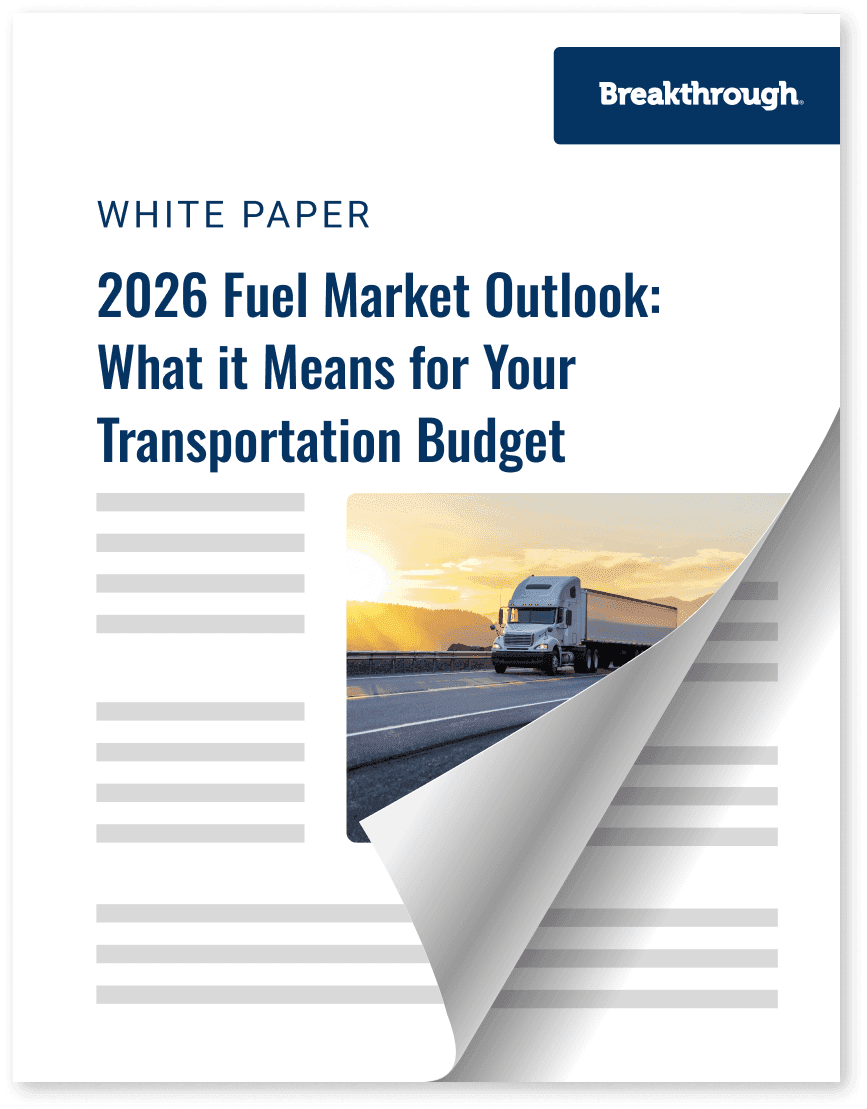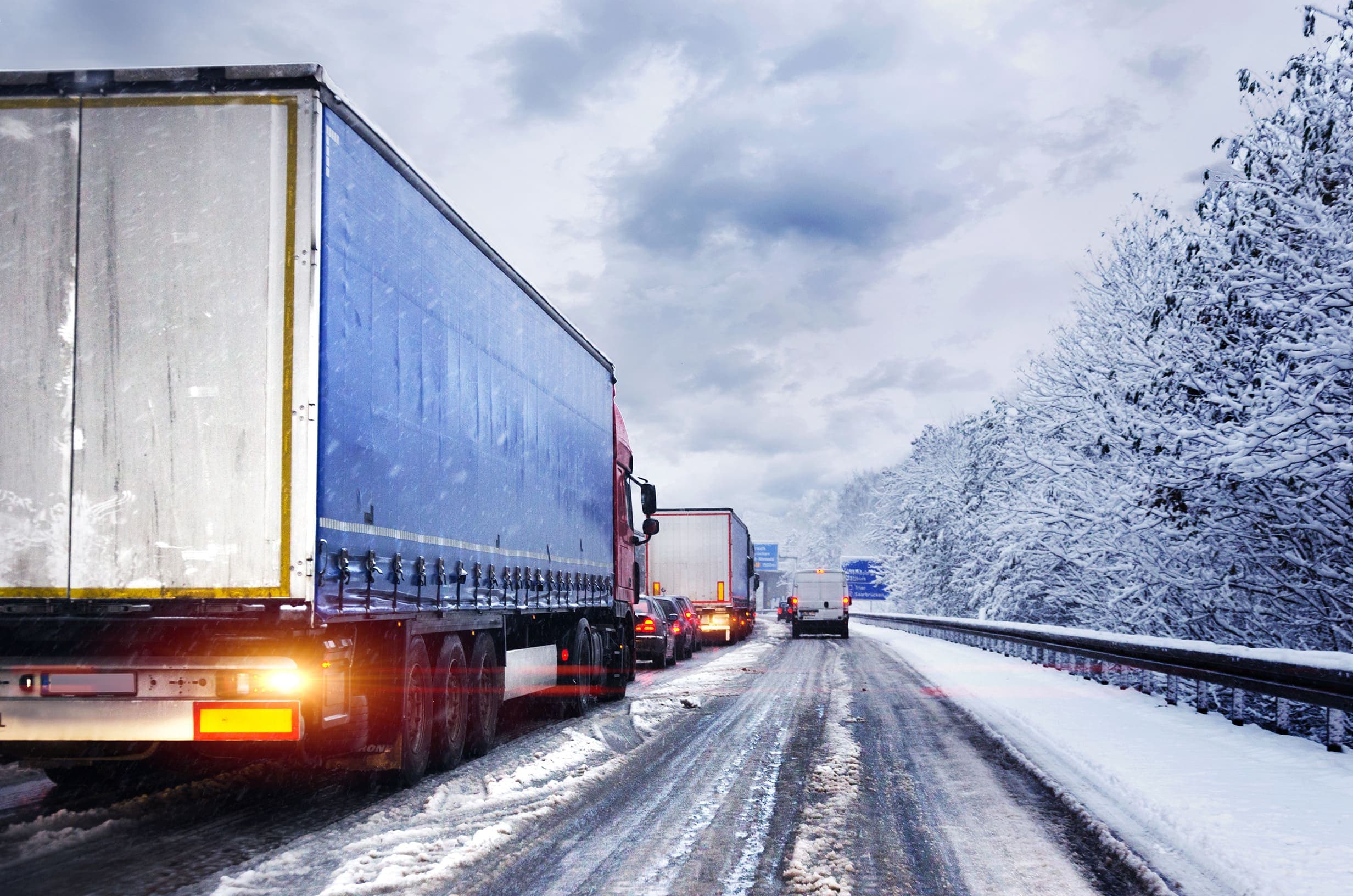2026 Fuel Market Outlook: What it Means for Your Transportation Budget

Trending
Top Posts
4 min read
July 15, 2025

Share:
Table of contents
Browse the table of contents to jump straight to the part you’re looking for
Accurately assessing transportation carbon emissions and optimizing efficiency begins with choosing precision over assumptions. According to the 2025 State of Transportation Report, 87% of shippers have set long-term sustainability-related transportation goals, yet these goals require actionable insights to deliver success.
Decarbonizing your transportation network begins with calculating an accurate emissions baseline. But the accuracy of the baseline depends on the quality of the data. While averages and defaults might seem convenient, they fall short when trying to decide how to reduce emissions. Primary data requires more technology and resources, but it brings unparalleled granularity, which unlocks lane-level opportunities to improve sustainability and operational efficiency.
Primary data captures specific load-level details directly from the carrier, including fuel consumption and the carbon intensity of the fuel type used. Shippers focused on accuracy and actionable insights are better equipped to calculate a precise emissions baseline and identify opportunities to reduce emissions.
For example, in an intermodal movement involving a truckload dray, rail, and another truckload dray, primary data ensures you receive credit for each component rather than generalizing the entire movement as truckload. This level of detail accounts for fuel efficiency and alternative energy use, giving credit for its lower carbon intensity.
Shippers may also use spend-based or per-ton methodologies that rely on assumptions or general emissions data. While this data is readily accessible, it is less precise, assigning identical values across different modes, carriers, and fuel types. The lack of precision inhibits effective planning, making it difficult to identify opportunities and make measurable progress toward sustainability goals.
Tracking and reducing transportation emissions is a critical priority for shippers committed to operational excellence. Primary data unlocks opportunities for precision, smarter decision making, and faster improvements.
With primary data, shippers can confidently report emissions and identify specific contributors to their carbon footprint. This amount of detail provides a precise emissions baseline, which reduces errors and minimizes reliance on generalized emissions factors.
When equipped with primary data, shippers can pinpoint opportunities for emissions reduction, such as mode conversion or lanes with alternative fuel availability. Early adoption of these data-driven strategies provides a first-mover advantage which positions shippers as leaders in sustainability and optimization.
Primary data offers real-time visibility into inefficiencies. This allows for faster emissions updates as a company grows and supports targeted reduction strategies that align with a company's sustainability objectives. With emissions fluctuating depending on load fill, alternative energy, carrier fuel efficiency, and mode, shippers gain quicker insights into how their decisions impact their transportation emissions baseline.
The process to collect primary data can feel overwhelming for shippers. The sheer volume of data, inconsistent quality, and process to combine data into one system are all factors that create complexity and are time consuming.
Our Fuel Recovery solution collects, organizes, and processes shipment-level data to calculate a market-based fuel reimbursement. By leveraging this dataset, shippers can calculate an accurate emissions baseline. Fuel Recovery eliminates manual data collection, ensures consistency, and saves time across transportation operations.
By addressing these challenges head-on, shippers can focus less on the obstacles of data collection and more on enhancing their decision-making process with sustainability considerations.
Primary data gives shippers valuable insights into the loads, lanes, and carriers that significantly impact their transportation emissions baseline. By leveraging this data, shippers can identify areas within their network by emissions impact, ease to implement, and cost to take targeted action.
For example, shippers can use comprehensive productivity platforms to compare carriers operating in similar geographies with comparable freight types and volumes. Analyzing load-level data helps uncover inefficiencies in the transportation network for shippers to implement strategies that save costs and enhance supply chain performance.
Additionally, primary data simplifies regulatory compliance by providing precise details, such as fuel types and specific emissions outputs, to ensure shippers meet requirements with ease.
Primary data is key to accurate emissions reporting and effective sustainable transportation strategies. By moving beyond averages, shippers gain precision to uncover opportunities that drive measurable and impactful change. CleanMile, our transportation emissions management solution, uses load-level, actual or modeled fuel consumption to account for the carbon intensity of the fuel type by leg of movement. This streamlines emissions tracking to deliver real-time insights that enhance efficiency and reduce costs. With CleanMile, sustainability becomes manageable, empowering shippers to lead with innovation and achieve their goals.
CleanMile
See how our sustainable transportation solutions can support you.


6 min read
November 20, 2025
Understand the impact of Ukrainian drone strikes on Russian refineries. Learn why diesel prices are volatile and how to protect your budget from market shocks.
Read more
7 min read
November 11, 2025
Discover how fuel management systems cut costs, track emissions, and improve reimbursement accuracy for modern freight operations.
Read more
6 min read
November 10, 2025
Explore how the proposed Union Pacific–Norfolk Southern merger could reshape rail in the U.S. Learn impacts on competition, pricing, and service.
Read more